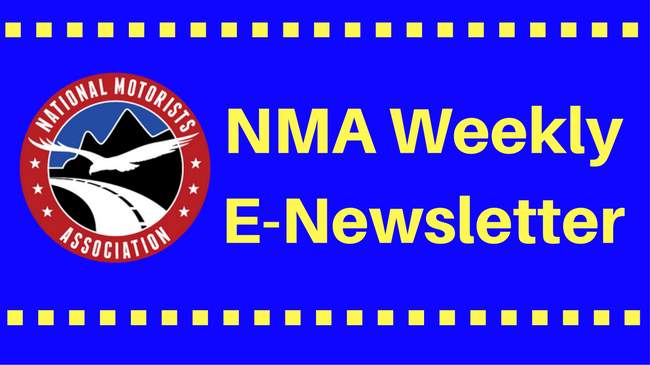We all pay for public roads so shouldn’t we be able to travel on them when we want? A number of New Jersey towns and villages are saying NO. If you don’t live here, you don’t have the right to take a neighborhood street to beat congestion during rush hour.
Part of the reason commuters are finding alternative routes is due to the saturation of Google Maps, Apple Maps and WAZE—All GPS guidance apps that can be downloaded to your smart phone. Congestion is never fun and don’t we all love it when we beat the crowd by taking an alternative route? This is just one of the many pleasures of driving.
What’s not so much fun is for those who want to leave their driveways during rush hour and can’t because there is so much traffic on their little neighborhood street.
Leonia and Weehawken, New Jersey have recently passed ordinances that make it illegal for non-locals to drive on residential streets during rush hour. These towns actually have police officers at these pressure points handing out fines to non-compliers. Some of these non-compliers have been taking these neighborhood shortcuts for years and are quite angry about this new direction. In fact, one commuter has already filed a lawsuit challenging the city of Leonia on this new ordinance.
Leonia officials say they were forced to pass a non-locals ordinance because many residents were complaining about the congestion on their streets. Under the new law, 60 Leonia neighborhood streets are closed to non-locals during morning and evening rush hour, 6:00 to 10:00 AM and 4:00 to 9:00 PM respectively. Locals must outfit their vehicles with a yellow tag and without one you have to justify why you are in the neighborhood during the prescribed times or face a $200 fine.
Leonia is two miles short of the George Washington Bridge going into Manhattan and is home to 9,200 residents. On a normal day 4,000 non-locals pass through on their way to Manhattan. On peak days, the volume can easily rise to 12,000. Leonia only has 18 police officers and it claims that this influx, particularly when residential streets become significant traffic corridors, is too much to handle for public safety. Non-locals can still drive on three major thoroughfares through town.
A long term commuter through Leonia, Mike Helmsley said the travel restriction causes him to add 35 extra minutes to his morning commute.
Mayor Judah Ziegler says the new ordinance is legal. He cites a 1977 Supreme Court decision that ruled non-residents could not park in a local Arlington County, Virginia neighborhood. He added, “The decision gives municipalities the right to legislate access to streets under its control as long as the laws don’t allow some residents and not others, and as long as the law serves a public purpose (in this case, public safety).”
But parking in a neighborhood and driving through a neighborhood are two entirely different things. In 1954, the New York State Appeals Court ruled that the Town of North Hempstead on Long Island could not prohibit “through or transient vehicle traffic” on neighborhood streets. The town wanted to limit workers driving through neighborhoods on their way to work at a local factory. The court ruled that North Hempstead’s traffic measures were “designed merely to reserve the streets in the area for the use of the local residents to the exclusion of the public at large. To do so would be an unreasonable exercise of power to regulate traffic.”
East Brunswick, NJ lawyer Theodore Silwinski said that the new laws will certainly be challenged. He added, “Leonia is illegally trying to expand their municipal jurisdiction, and they are attempting to legislate on matters that are normally in the purview of the state of New Jersey.”
Public roads should be open for all users of the road and cities cannot penalize drivers for finding a short cut on their own or from a smart phone app. Creating local ordinances like this takes the onus off of local, state and federal officials who should work together to tackle the real infrastructure and transportation issues this country currently faces.




